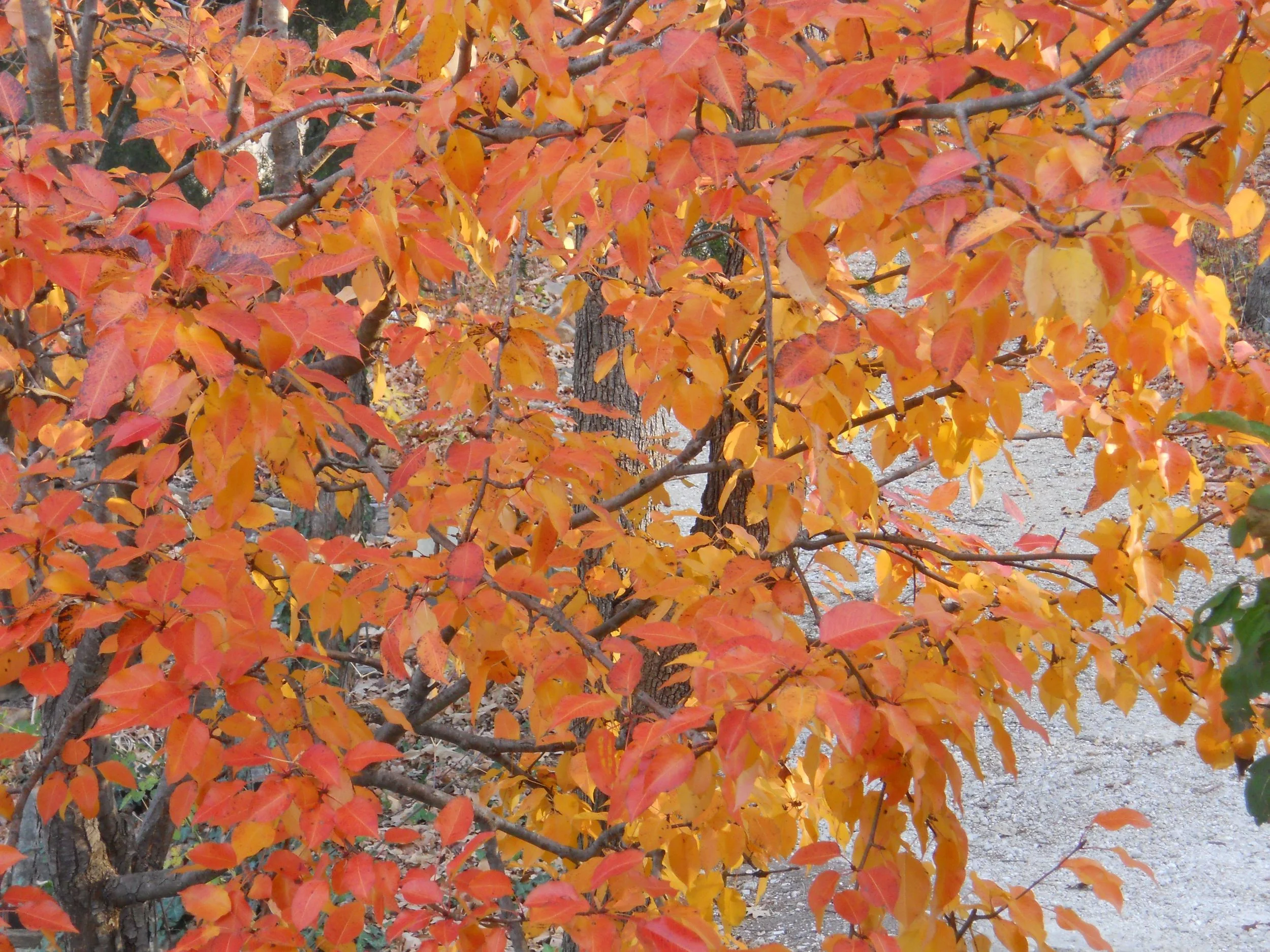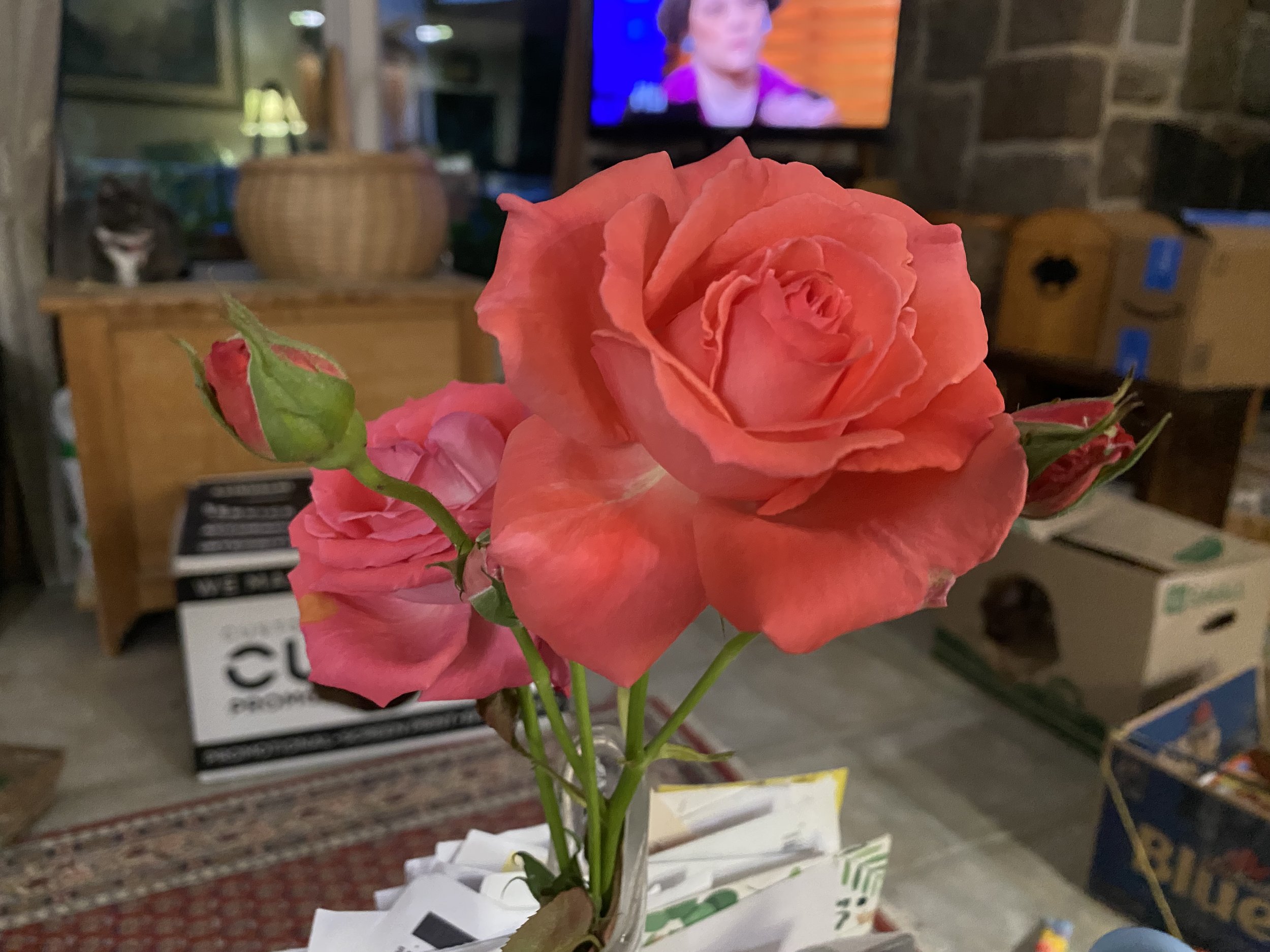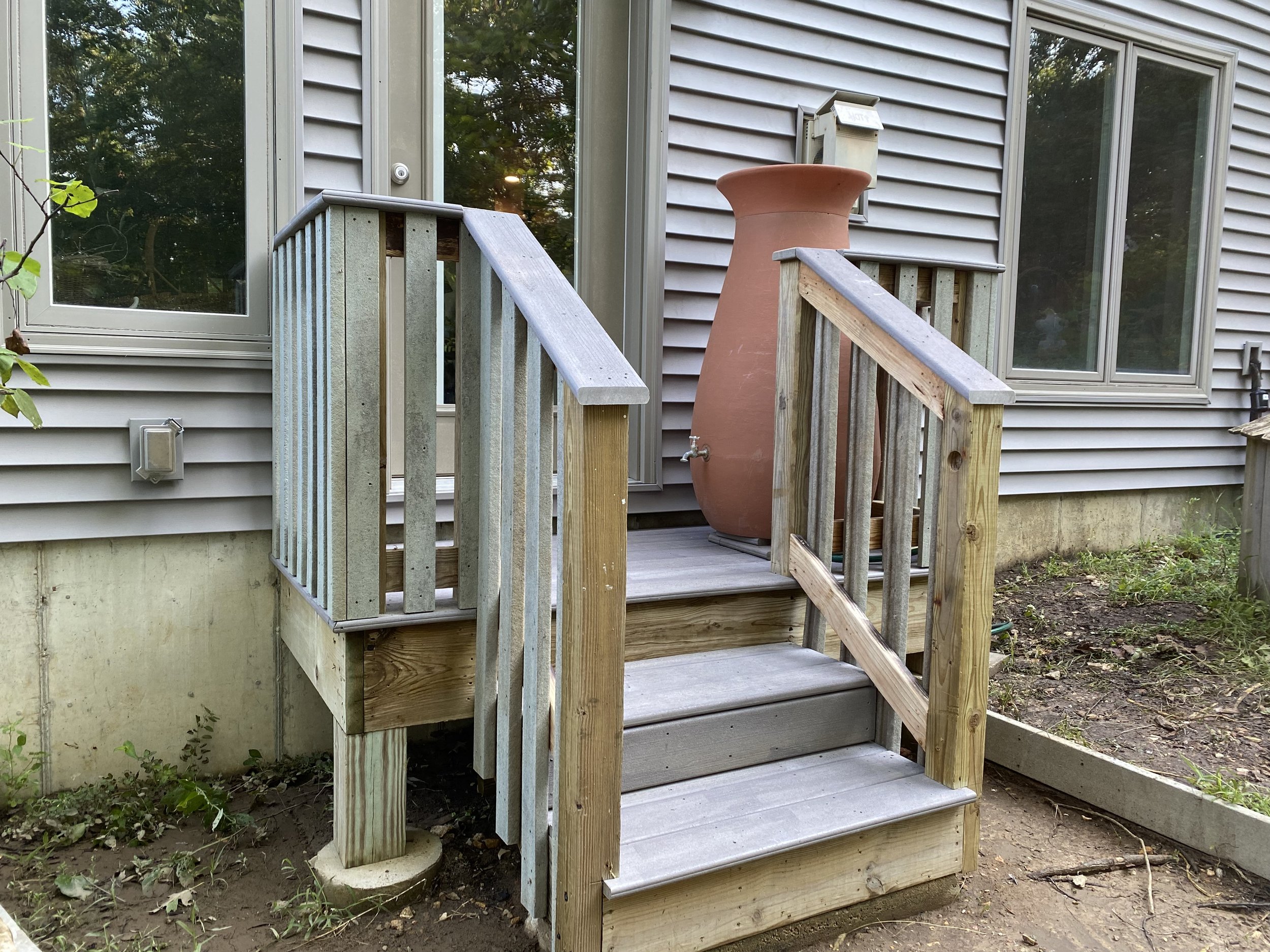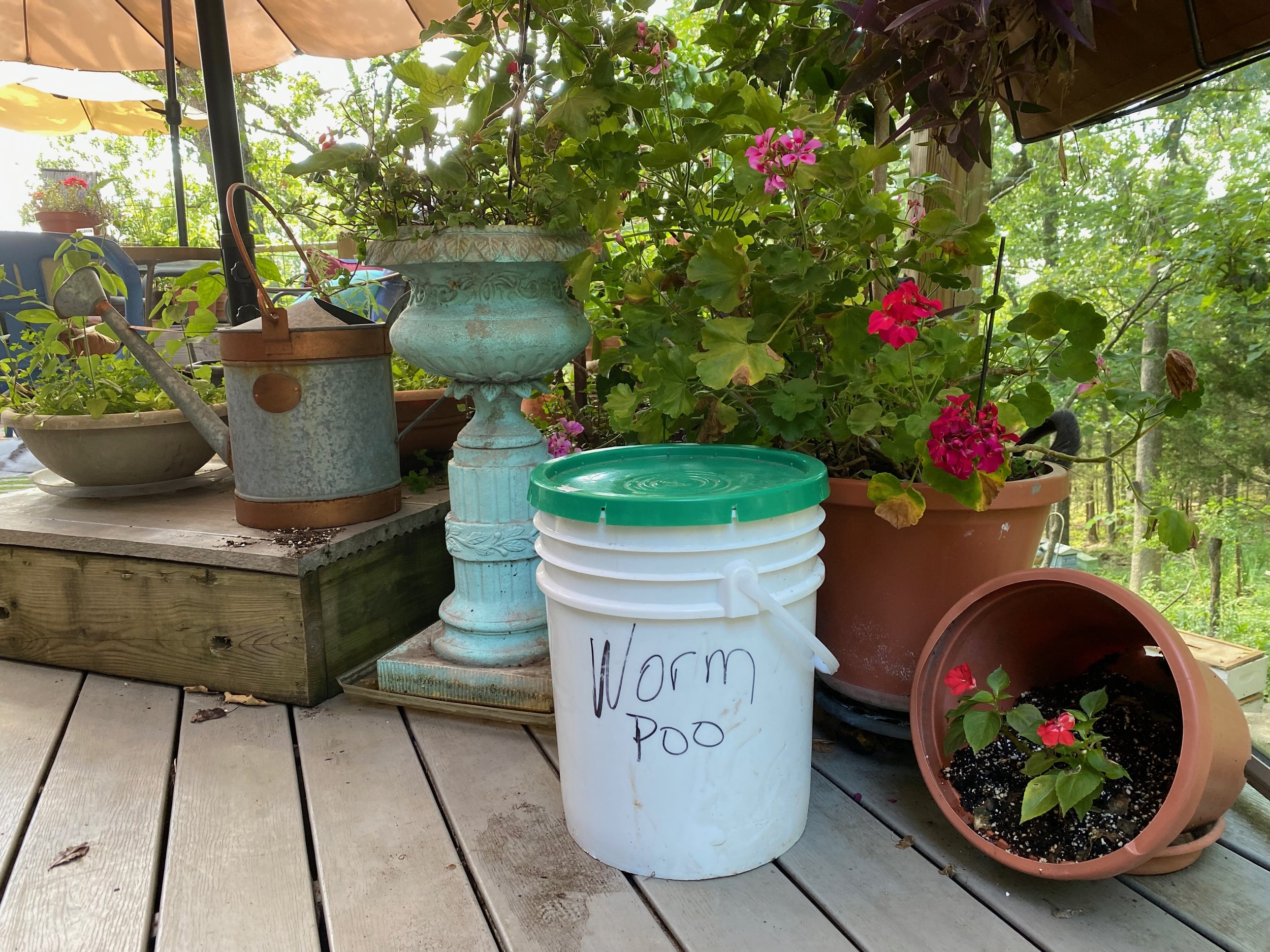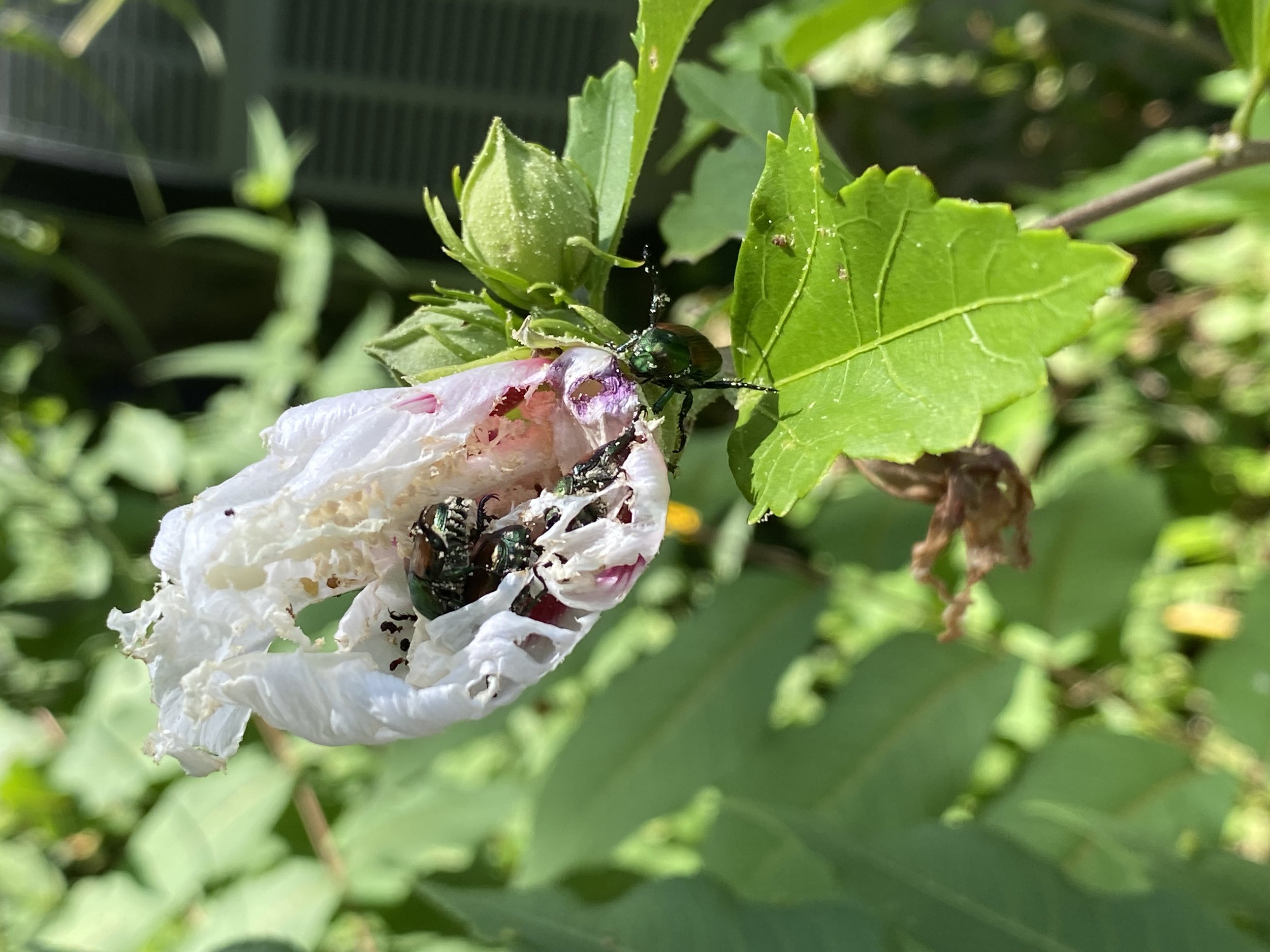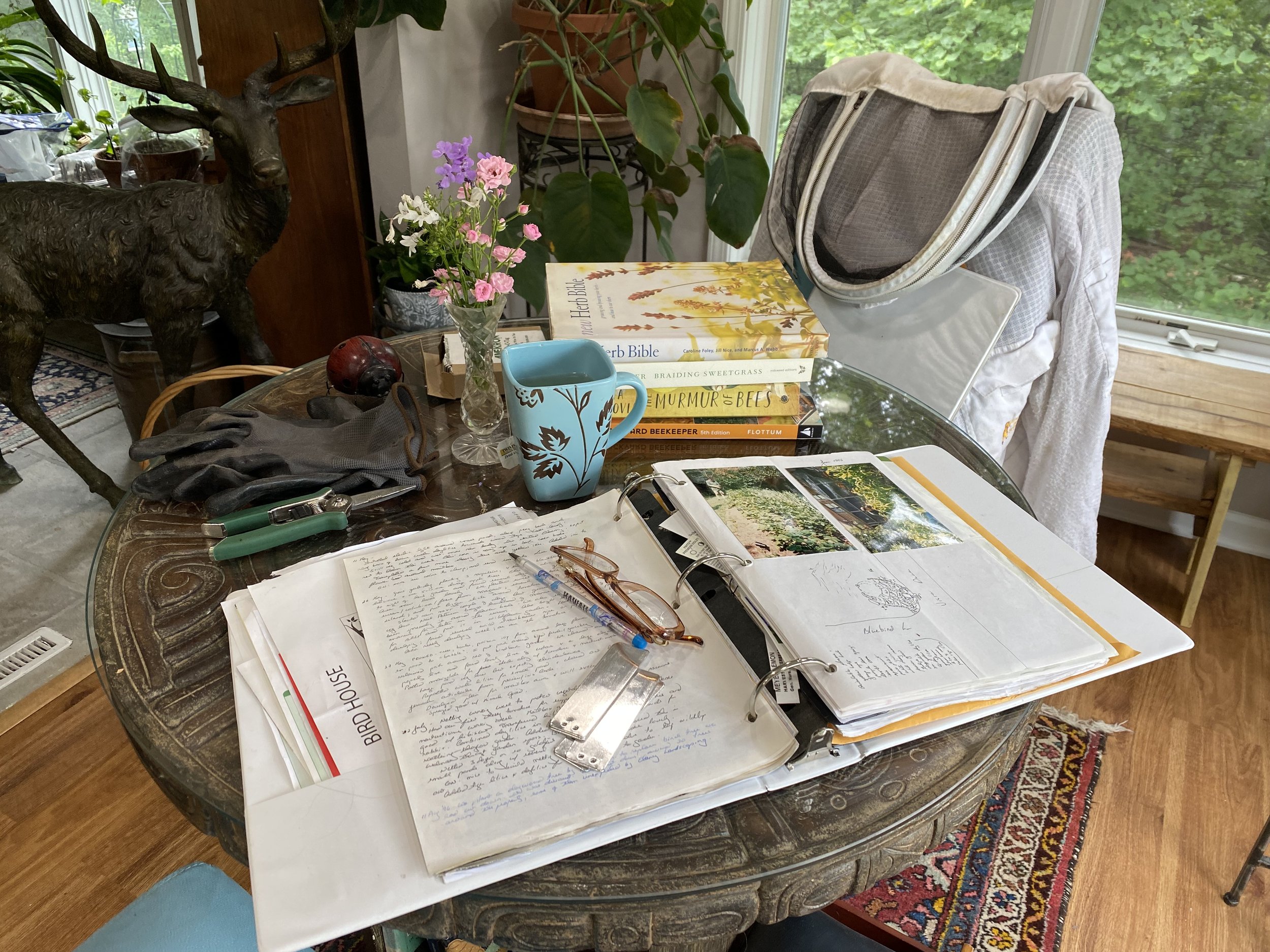Too Hot to Handle
/My leftover mulch pile, almost moved into the garden. (Photo by Charlotte Ekker Wiggins)
Too Hot to Handle
Mulching is as much a science as it is art. A landscaping friend used to say mulch was his best friend and garden tool, an easy way to finish off a garden project, hide unsightly landscaped areas and make a garden design look finished.
I like mulch for other reasons. Gardening on the side of a limestone hill, shredded tree bark makes for decomposing matter that quickly turns into planting areas. The key, though, is knowing when and where to use it.
When a friend first started bringing me mulch, I used it to cover and even out paths so that I could more easily navigate through my terraced garden beds. To make sure plants next to the mulch were not burned, I added cardboard first. Then newly-cut mulch, which still is generating heat, was added to help squelch unwanted plants.
My small piles of mulch come from the mother load, huge hills of chipped trees, leaves and branches dropped off at our local composting station up the hill from the recycling center.
Newly-chipped mulched at our local recycling center. (Photo by Charlotte Ekker Wiggins)
During the growing season May-October, a loader on Wednesdays scoops the mulch and adds it to the back of trucks and trailers. My gardening buddy Tom is particular about which pile his and my mulch comes from but sometimes the on site loader makes the choice. This year, Tom warned me one of my loads might be extra hot because the mulch mounds at the composting station were literally smoking most of summer.
Curious about what that looked like, I drove by to take a peek.
New mulch pile literally smoking. (Photo by Charlotte Ekker Wiggins)
Several times when I pulled into the composting area, a fire truck was pulling out so apparently the fire department was also keeping an eye on the smoldering mulch pile.
The point of sharing this is that if you put brand new chipped mulch that is still hot on flower beds, that heat will kill the plants so make sure the mulch is no longer smoking and is cool before it is applied to growing areas.
When I suspect my mulch pile is still hot, I spread it out thinly so that it cools off before I apply it to my flower beds. A good rain, and letting the pile sit over winter, are also good ways to make sure the mulch won’t be too hot to add to flower beds.
Mulch after smoldering most of this past summer. (Photo by Charlotte Ekker Wiggins)
If you have any area that you want to clear of unwanted growth, then this hot mulch is the ticket.
Just make sure you are applying the right mulch to the correct location for the result you want to have in your garden.
Charlotte
